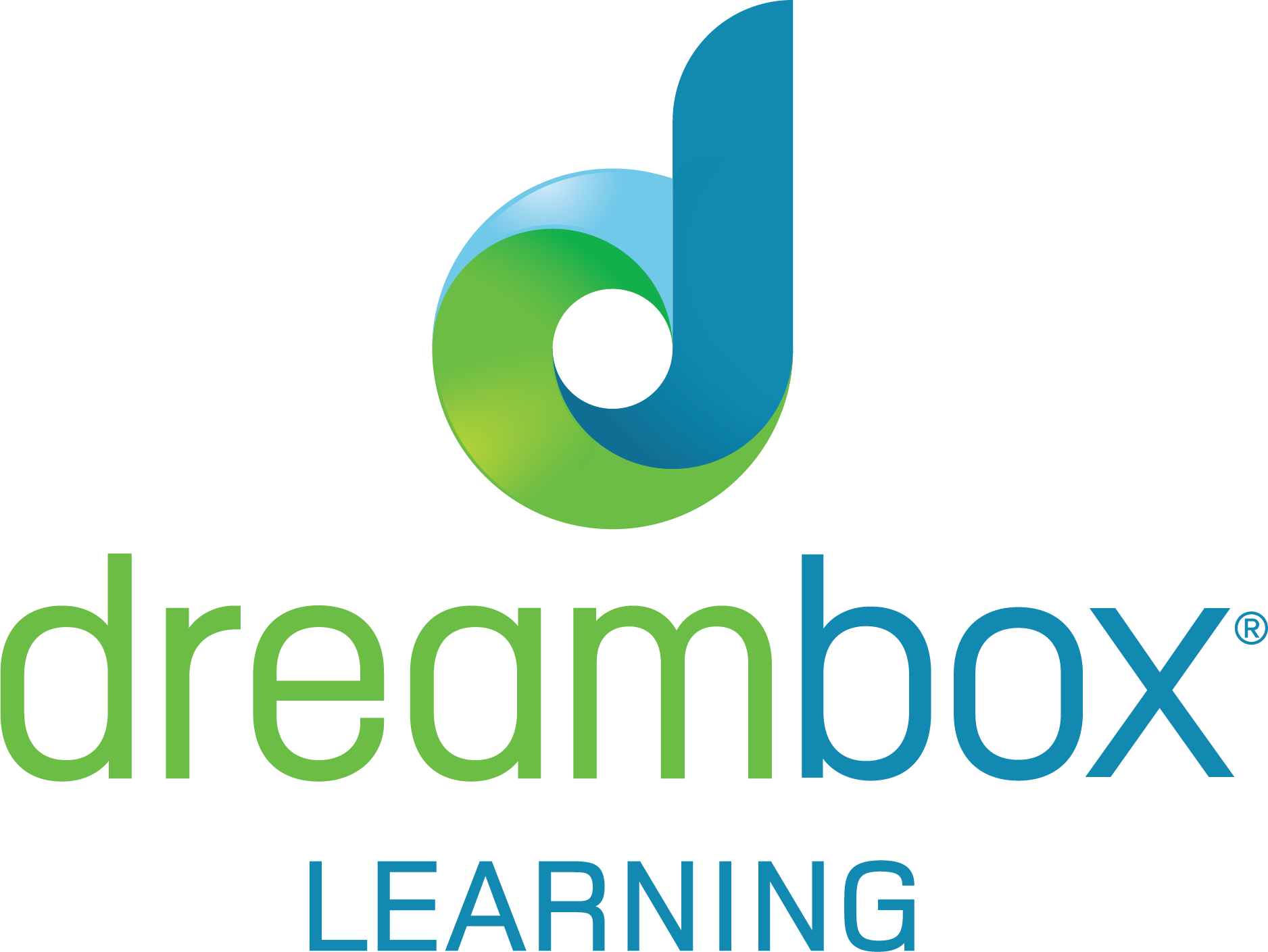 Assessment tools provide valuable feedback, but many traditional techniques assess mathematical thinking skills in retrospect, rather than real time. Educators, meanwhile, must gauge students’ computational thinking and learning potential, not just rote memorization and mechanical know-how. With the right learning data on student needs and accomplishments, school leaders can transform classroom practice.
Assessment tools provide valuable feedback, but many traditional techniques assess mathematical thinking skills in retrospect, rather than real time. Educators, meanwhile, must gauge students’ computational thinking and learning potential, not just rote memorization and mechanical know-how. With the right learning data on student needs and accomplishments, school leaders can transform classroom practice.
In this web seminar, the mathematics coordinator from the Waukegan Community Unit School District #60 in Illinois discussed how the district employs a continuous and connected approach to improving assessment, instruction and learning. Presenters also shared strategies to bolster academic readiness using relevant data, and how to promote 21st-century problem-solving and create student-centered learning environments.
Speakers

Director, Curriculum and Reporting at
DreamBox Learning.

Mathematics Coordinator at
Waukegan Community Unit School District #60 (Ill.).
David Woods: What are some of the things you’re doing in Waukegan around purposeful data?
Matt Foster: Purposeful data is a formative type of data. In learning, rivers make up a flow of information for a particular student. A learning dam is when a student is stuck with a misconception. Actionable data shows us where those learning dams are, and how we can adjust our teaching so that we can alleviate them.
The sum of the data parts is standards-based grading. We get unbelievable data out of DreamBox because it’s actually helping us determine who is outstanding and who is proficient at a particular standard.
About three years ago, we were about two and a half years behind grade level. As of today, we’ve filled that in with DreamBox, and we’re only about a year and a half behind grade level. We are closing the gap very rapidly.
David Woods: Purposeful data comes only from purposeful design and intention. We want to challenge educators to be collecting it constantly, and then acting on it.
When you think about purposeful data, you also have to think about the audience and its purpose. Sometimes, districts or schools get caught up on a data point, such as an end-of-course score. But afterward, what is the purpose of that? Is it driving instruction? Is it changing learning? Great data is going to give actions. It’s going to inform what to do next, in the best interest of both the student and the teacher.
At DreamBox, when we’re designing our curriculum, we are engineering learning opportunities. One of the distinctions between our lessons and some others is that ours enable the student to show what they’re thinking. We’re listening to understand what the student is thinking, instead of listening to respond.
Matt Foster: Everyday Math requires that every day an assessment check is done—the teacher checks every child for the objectives, and whether they understand what they’re doing, and that it coincides with the evidence that is expected. We have an enormous amount of data in Everyday Math on a daily, formative basis. And we combine that data with DreamBox for a very powerful, actionable set of purposeful data that we can use to address a student and intervene with them. We are confident that we know what the student knows and where they are in their learning progression.
David Woods: When we’re thinking about student data, it comes down to what gets measured gets discussed. When we can shift the measurement to being around behaviors—both of the student and with the teacher—it’s going to shift the conversation. Getting alignment around a set of data points empowers honest conversations.
Matt Foster: DreamBox is an unbelievable engine to do that. One of the most critical factors to piggyback on that is on-the-fly, formative evaluation. One of the best predictors of growth in the classroom is when teachers evaluate every student every day. The critical factor of on-the-fly, formative evaluation is not what goes out to the student, but rather what comes back to the teacher—catching those misconceptions. The misconceptions are the goal. They’re the core of teaching. Once they’re found, the path for a teacher is very clear.
David Woods: When we talk about the role that data plays in building a culture, we want to be talking about that fine line between production struggle and anxiety. We want to be making sure that our math cultures are enabling the student agency, the confident thinking. You don’t want a consistent struggle. You want to have those lightbulb moments happen when the student is deeply engaged in thinking.
Matt Foster: Three takeaways are the importance of finding the misconceptions, understanding that interventions that enhance student achievement require productive struggle, and that development of on-the-fly, formative evaluation by teachers is critical because we can’t see everything.
To watch this web seminar in its entirety, please visit districtadministration.com/ws111318







